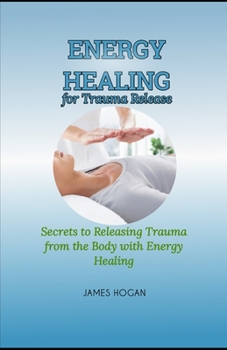Energy Healing for Trauma Release: Secrets to Releasing Trauma from the Body with Energy Healing
Understanding the Impact of Trauma on our Physical Well-being Exposure to distressing information, be it through the media we consume or our own lived experiences, triggers an intricate response within our bodies. It's as if our very beings kick into overdrive, working relentlessly to predict, evade, and ultimately triumph over the haunting effects of these threatening events. Now, imagine the added weight carried by those who have survived abuse, accidents, tragedies, or other life-altering, harrowing ordeals. Our neural network has a two-pronged reaction to danger - it can either become hypersensitive or, on the contrary, hyposensitive. This duality encompasses the classic fight, flight, or freeze responses. When someone endures a traumatic episode, their body not only captures the moment but also memorizes the defense mechanisms it activated during that turmoil. These memories, intricately woven with emotion, are physically stored within our very beings. On the surface, this seems like an evolutionary safety net - the ability to recognize familiar danger signals, enabling us to sidestep potential threats without even consciously processing them. But here's the catch: the latent energy, the potential to fight or flee, can become ensnared within our bodies and minds. Instead of being an asset, this pent-up, unprocessed energy from trauma can spiral, rendering us incapacitated when confronted with adversity. It's like a double-edged sword, waiting to either empower us or hinder our ability to respond effectively.
Format:Paperback
Language:English
ISBN:B0CL357J1V
ISBN13:9798864382196
Release Date:October 2023
Publisher:Independently Published
Length:118 Pages
Weight:0.32 lbs.
Dimensions:0.3" x 5.5" x 8.5"
Customer Reviews
0 rating





